Potato flour is a powdery product used to thicken and provide a lightness to baked goods. It is white, odorless and with a neutral taste. It is made without the use of eggs, milk, casein, nuts, gluten, soya.
Composition of Potato Flour
2/5 cup (100 g) of potato flour contain just 0.34 g of fat, of which 0.15 g are polyunsaturated and 0.008 g are monounsaturated.
This flour is rich in sodium, fiber, potassium, calcium, magnesium, phosphorus, choline, vitamin B6, folic acid, aspartic acid and water. The rest its composition is iron, zinc, copper, manganese, selenium, vitamin C, sugar, riboflavin, alanine, arginine, niacin, glycine, isoleucine, thiamine, glutamic acid and vitamin E.
History of Potato Flour
This flour 1st appeared in the year 1700 as an alternative to wheat flour. It was made by French peasants, who experienced a great shortage of wheat flour in those years.
To knead bread, they decided to dry boiled potatoes and they ended up liking the resulting bread.
Years later, a cook from New Orleans made the 1st donuts with potato flour, leading to the product's worldwide popularity.
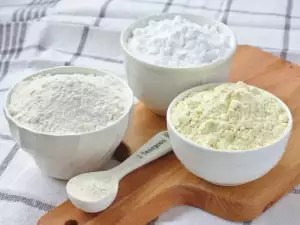
Making Potato Flour
If you have a dehydrator with which to dry the potatoes, you can make your own potato flour at home. Boil several whole potatoes with their peels, then dry the vegetables in the dehydrator. They will be completely dry after 12-20 hours.
Finally, mash the dried potatoes to powder, in order to get a fine yellow-white flour.
Cooking with Potato Flour
Potato flour is used in cooking as a thickener for baked goods and sauces. It's the most popular gluten-free alternative to wheat flour.
It's suitable for vegan and vegetarian diets, as well as for people who are on a diet that does not allow for the consumption of regular wheat flour.
Potato flour can be used to bake bread that will have the aroma of a baked potato. When added to a stew, soup or sauce, it makes the dish thicker.
The flour can be used for French fries as well, to make them crunchier. As a crumbing, the flour guarantees the perfect golden and crunchy crust for fried chicken wings for example.
When adding potato flour to a dish, it must not be left to come to a boil but only for the flour to froth because otherwise the taste of the prepared dish will be ruined.
Some manufacturers add this flour to bakery goods such as cakes, pancakes and biscuits, while others use it to thicken compotes and jellies.
Bakery goods from potato flour are drier than those made from wheat flour but are also much lighter for consumption.
Potato flour can be mixed with wheat flour, as well as corn flour when cooking, without a problem.
Benefits of Potato Flour
Potato flour is several times healthier than wheat flour. The flour is loaded with carbohydrates, which the body quickly breaks down into simpler compounds and turns into energy.
Plus, this flour is a rich source of vitamins and proteins, which maintain good health and the immune system.
Potato Flour and Potato Starch
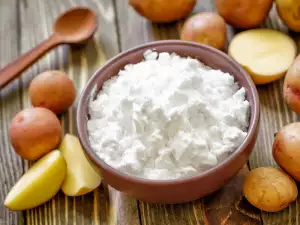
Many people confuse the products potato flour and potato starch due to their similar origin and identical consistency. But the difference between them is significant.
Potato starch is produced only from the starch in the potato tubers. It makes the mixture it is added to thicker and very closely resembling wheat flour.
Potato flour is made from boiled and dried potatoes, including their peels, and is used as a thickener because it increases its moisture only when added to a particular mixture, increasing its volume.
Potato flour feels heavier than potato starch and when added to a dish it makes it taste and smell like a potato, while potato starch does not have a specific aroma.
Potato starch thickens a mixture with less of it added in comparison to potato flour, which requires greater amounts to thicken a mixture.
Potato starch must not be boiled because it loses its ability to thicken a mixture.
Storing Potato Flour
Potato flour needs to be stored in a dry place away from direct sunlight, preferably in the fridge. The flour is extremely vulnerable in a humid environment or environment where it is predisposed to attacks from insects and spoils easily in such conditions.
After opening the package, the flour must be used within 6 months because if it sits longer its taste qualities are ruined.
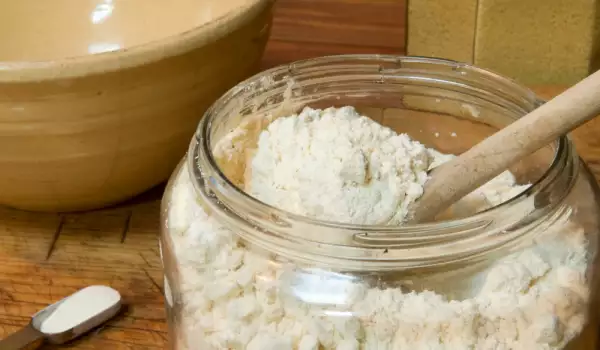
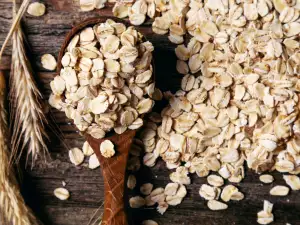
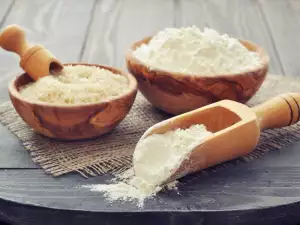
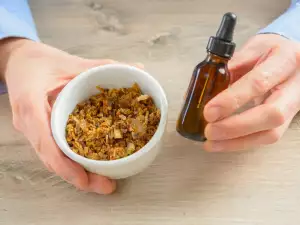
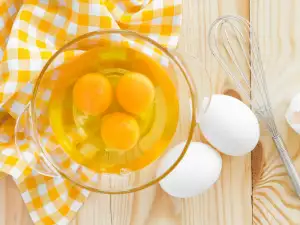
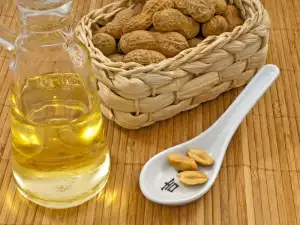
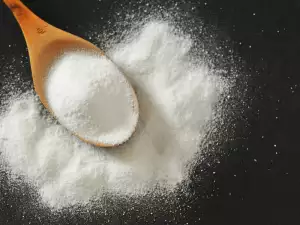

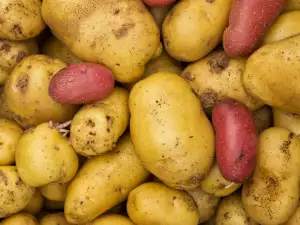
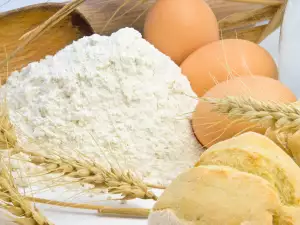
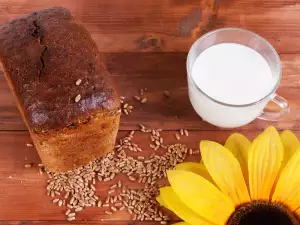


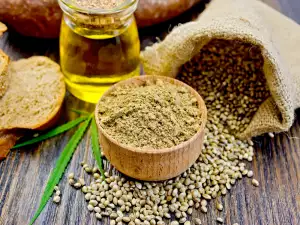
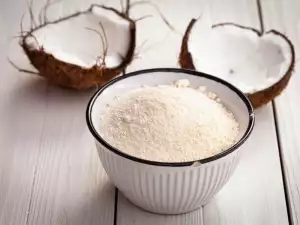





Comments